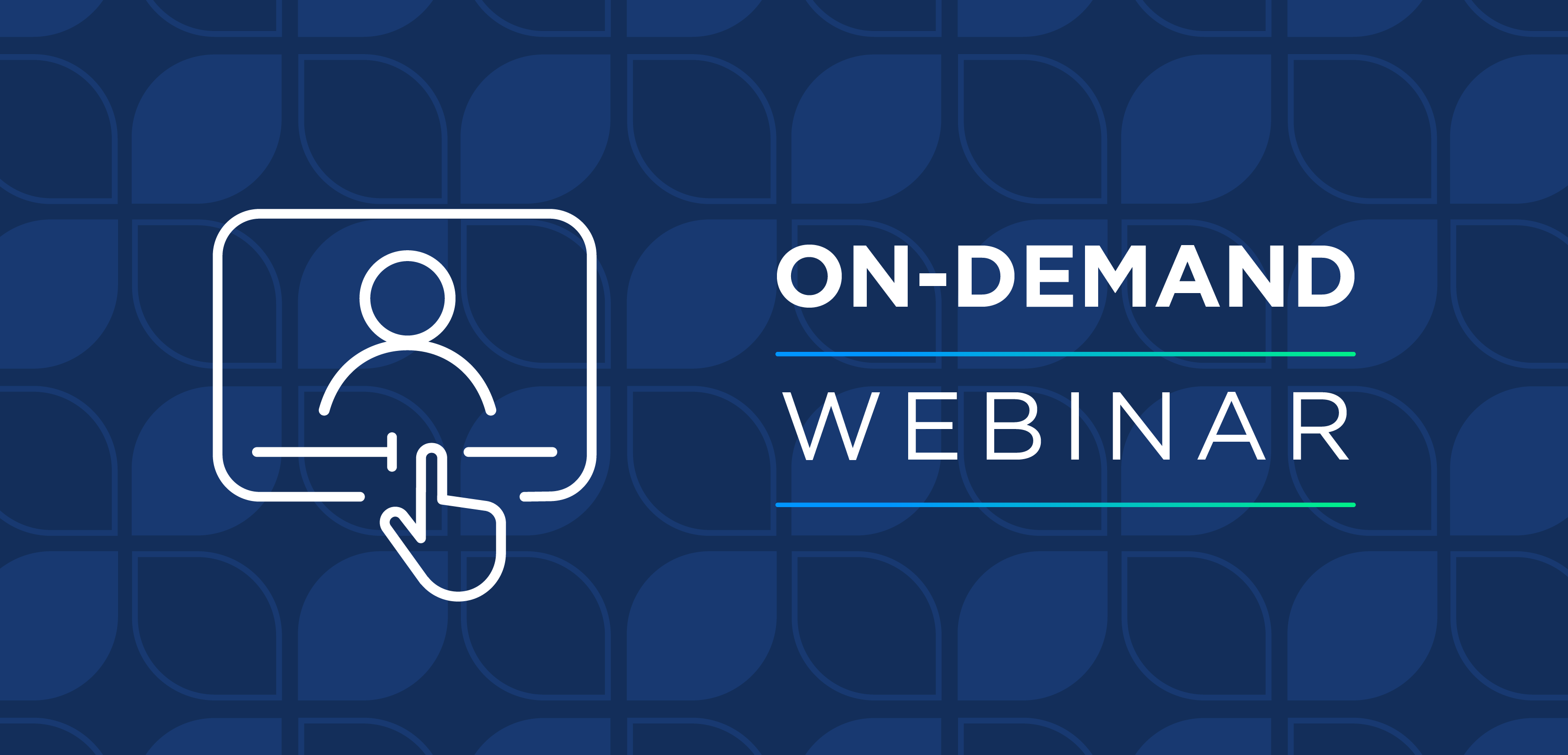
Meeting Patient Expectations Will Drive Pharmacy Forward | Asembia 2025
Through digital innovations, transparency, and accessibility, pharmacists can help meet patients where they are at to improve their health outcomes.
Driven by digital innovation, patient demands, and the need to simplify complex health care access, the pharmacy industry is changing how patients navigate medication procurement and affordability, according to presenters at Asembia’s AXS25 Summit. David Skomo, chief operating officer at HealthDyne, was joined by Sarah Thomas, vice president of sales and commercialization at HealthDyne, to discuss where the pharmacy industry is today and where the industry is headed.
It is crucial to understand where the pharmacy landscape has come from in order to understand where it needs to go from here. High-cost medications and lack of transparency have created many barriers for patients. The limited choices of medications have increased cost and decreased access.
“The cumbersome processes involved in navigating the pharmacy system further complicate the patient's overall experience, so by addressing these challenges, it's a critical step forward as we transform access and affordability in our industry,” Skomo said.
In the supply chain, there are multiple players who mark up the cost of medication, which makes the price higher for the patient. Skomo stated that oftentimes patients do not know what their medication costs. This lack of transparency prevents patients from making informed decisions about their care. The previous regulatory framework often favored innovations in drug development.
“You think that innovation and drug development is something to be proud of, which I don't argue that it is something that we should not be proud of,” Skomo said. “The United States drives so much R&D for the entire world, but sometimes we do that at the expense of competition and affordability.”
When patients cannot access their medication, this can cause treatment delays, which worsen their condition and have impacts on their health outcomes. With high-cost drugs, sometimes a patient will have to choose between medication and their essentials. There are times when patients may skip doses or not fill their medication at all due to the cost, increasing their stress and anxiety, which in turn affects their health.
There are now many options to help with affording medication, such as cash pay or alternative pricing like GoodRx or Mark Cuban’s Cost Plus Drug Company. Telehealth and virtual prescribing have also increased access to medication for patients by increasing convenience and transparency of price. There are opportunities for direct-to-consumer services, such as with glucagon-like peptide-1 medication, and hub-enabled products help patients understand what their medication is and how to utilize it.
“These solutions are not new, but they're starting to become just a core part of the fabric of care, which is providing access points that are driving better patient care and better patient outcomes,” Thomas said. “But the ones that are remaining in the market are going to be those ones that provide an excellent patient experience at a price point that patients can swallow.”
As the drug pipeline continues to expand, more products are becoming available for broader patient populations with a variety of chronic conditions, not just the 1% to 2% that previously required specialty drugs. However, the price point remains expensive. Most Americans cannot afford a product that’s not covered by their benefits, Thomas said.
“The patient journey today is often described as disjointed and fragmented,” Skomo added. “Key issues, such as patient leakage and the challenges of navigating insurance versus cash payments, highlight the need for streamlined processes.”
The way to improve the industry is to meet patients’ expectations, which can include high-tech navigation, streamlined experiences, digital pharmacy, and simplified pricing options. The market can meet the patient where they are by using digital hubs, technological advancements, home delivery, and transparent pricing with more affordability. By streamlining the experience, patients are connected with their needs more efficiently. Having the industry be more technology-led can help to streamline the process while keeping the patient first. Thomas added that this is not transactional, and volume should not be the focus.
Further, she discussed how home delivery can meet patients' demands because it can compete with systems such as Amazon or grocery deliveries, which are more convenient for the patient. Furthermore, there have been closures of many community pharmacies, creating more pharmacy deserts. These solutions can help bridge those gaps and drive patient adherence, create more affordability, and produce better outcomes.
“I believe in making patients healthier and really driving a frictionless experience. So it's going to require collaboration, and something that hasn't been a strong part of the pharmacy industry is collaborating across stakeholders,” Thomas said. “But that's what it's going to take if we're going to really deliver a better future for patients and getting them on therapy, keeping them on therapy, and driving these health outcomes.”
Read More of Our Coverage:
Ready to impress your pharmacy colleagues with the latest drug information, industry trends, and patient care tips? Sign up today for our
REFERENCE
Skomo D, Thomas S. Transforming Access and Affordability: The New Era of Pharmacy. Presented at: Asembia AXS25 Summit. April 28-May 1, 2025. Las Vegas, Nevada.
Newsletter
Pharmacy practice is always changing. Stay ahead of the curve with the Drug Topics newsletter and get the latest drug information, industry trends, and patient care tips.






































































































































